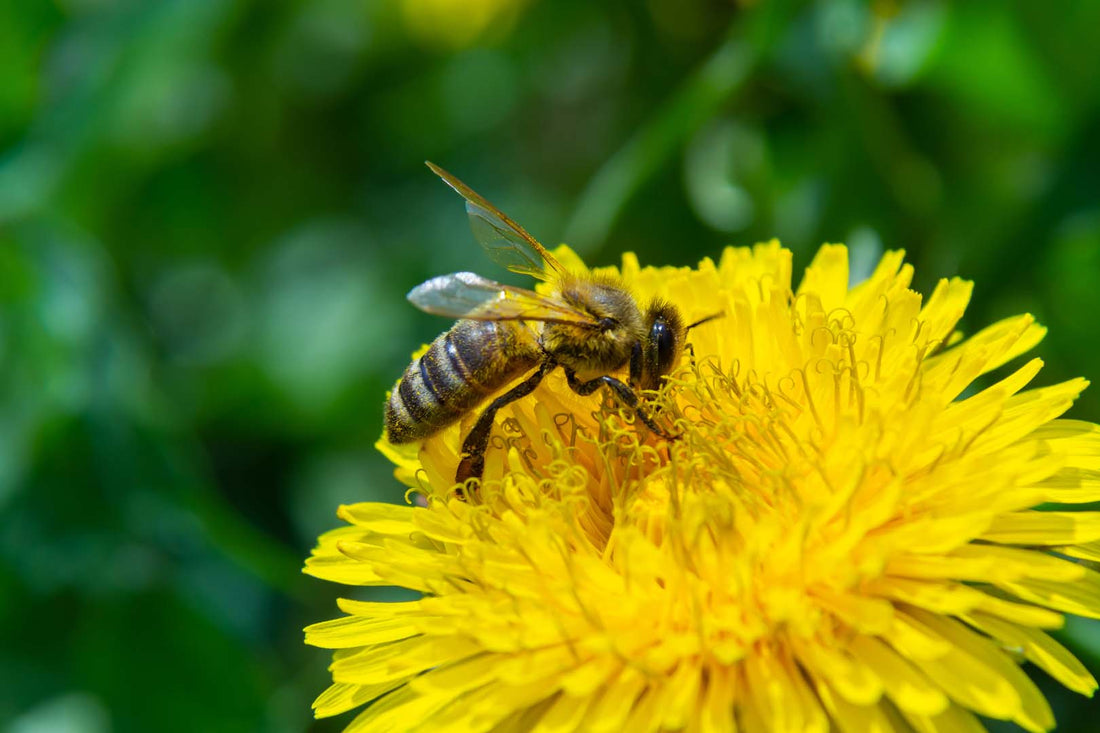In the picturesque flower meadows, where the buzzing of bees once rang out as a hymn to nature, a serious threat scenario can now be heard. But behind the well-meaning calls to save the bees lurks a questionable phenomenon: beewashing. This article reveals the complexity of species conservation and sheds light on why honey bees are on beekeepers' radar, but wild bees are in the shadow of neglect.
The importance of bees for our world
Bees are not fluttering clichés, but architects of nature. Their buzzing is a key concerto in the symphony of ecosystems, enabling the pollination of plants from which we also live. Protecting bees is therefore not just environmental activism, but also a necessity for food production.
Beewashing: a deceptive concern for bees
Beewashing, an intriguing play on words, describes the tricky practice of misusing the image of saving bees for marketing purposes. Companies use bee imagery to portray their products as nature-friendly without making sustainable commitments to protect endangered species. Beewashing feigns a symbolic environmental protection that is hardly substantial in reality, as honey bees are often used as symbolic characters when they are not threatened at all. In contrast, the situation is actually precarious for numerous species of wild bees.
The fascination with honey bees and the neglect of wild bees
Honey bees are the stars of the bee world, not least because of the great popularity of honey, but the real focus of species conservation should be on wild bees. While the honey bee enjoys a kind of celebrity status, many wild bee species are threatened in their existence. This is where beewashing bias comes into play. Companies committed to saving bees often ignore the diversity of species that are actually the most endangered.
Dangers of beewashing for biodiversity
Beewashing undermines species conservation by focussing on the wrong species. The danger is that companies take symbolic measures that have no real impact on the protection of endangered bee species. This leads to resources being used inefficiently while the real threats, such as pesticide use and habitat loss, go unnoticed.
The path to real species protection and a bee-friendly tomorrow
It's time to change our perspective. Protecting bees requires more than symbolic gestures. It requires a differentiated approach based on scientific evidence. Companies should not only focus on honey bees, but take concrete measures to consider the needs of different bee species. This is the only way to ensure that the buzzing in the flower meadows does not become a faint echo.










